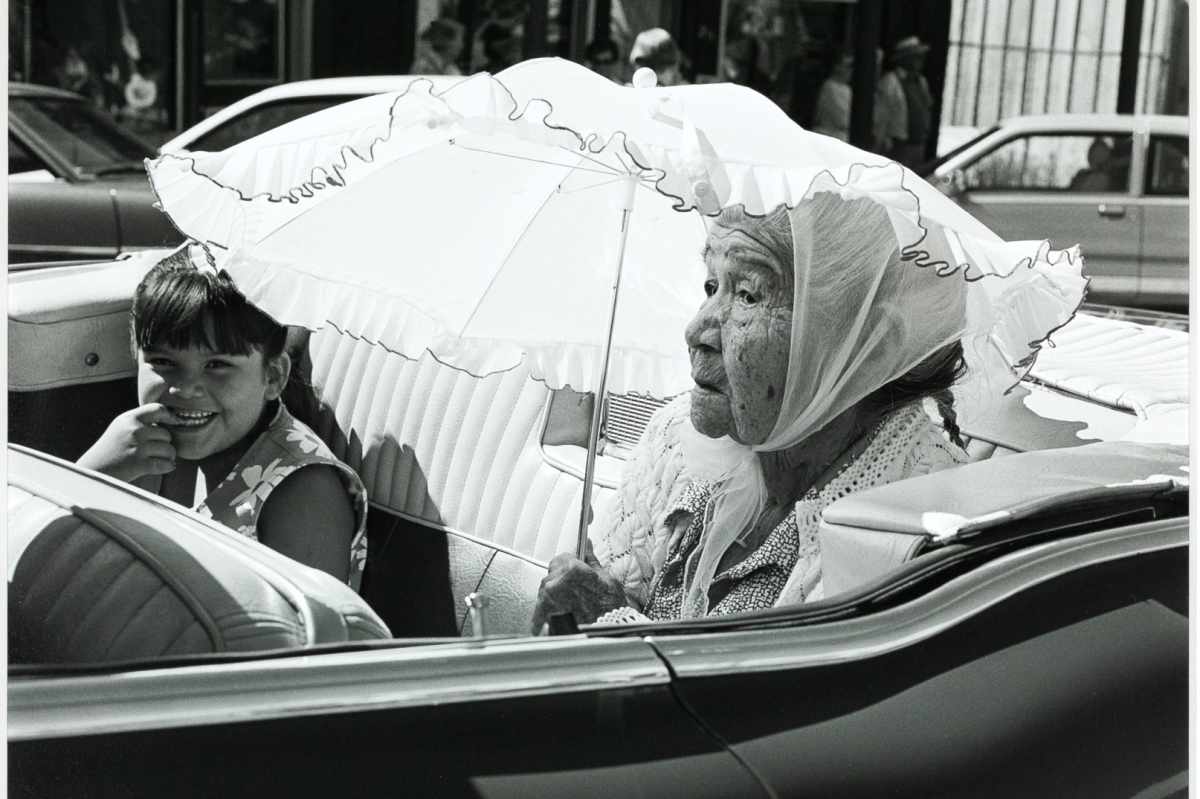
Student Brandon Shook returned to his car with a fresh parking ticket after a brief conversation with police technician M. Tarver Oct. 3.
Shook had been parking his car in the lot south of Laney College since the semester began. Despite purchasing a permit for the lot back in August, he still faced a second $40 charge for illegal parking.
Unbeknownst to him, Shook had parked in a faculty space. Aisles A through D of the lot are ostensibly for faculty vehicles only.
“I don’t even know where exactly it says, ‘This is Aisle A,’ or whatever,” he said.
One aisle over, a sign read “Student Aisles E-O.” But that sign was facing the opposite direction; from where Shook parked, all he could see was the stop sign installed directly behind it.
“Oh, that’s a perfect place to put a sign.”
Shook isn’t the only student embittered by parking enforcement: Michelle Sumner, who also bought her permit in August, found a ticket on her windshield last month. She, too, parked in a faculty space.
But Sumner says it wasn’t her fault. Many students claim that signage indicating who can park where isn’t clear. While signs near the entrance of the lot read “Student Parking Only,” others simply read “Faculty Parking,” with no warning that students’ vehicles are not permitted.
“Probably many students think they can park wherever, once they buy the placard permit,” said English instructor Marie Wilson in an email. “Because the signs are so small, and nothing is very well marked.”

Signage is often outdated and poorly maintained. Signs labeling specific aisles are tiny and hard to see. Some have been tagged with spray paint, making the signs difficult to read. Others were installed upside-down.
Sumner spoke to technician Wiggins in the district office shortly after receiving her ticket to dispute what she calls the “abstract” language on signs.
“That’s something you need to take up with the district,” said Wiggins. “We have put in order requests to have the signage redone. I don’t know how many times we’ve done it. We have no control over that parking lot. All we can do is make requests to make the signage bigger.”
“The district knows about this, but they don’t care,” said Sumner.
While only 724 parking spaces exist for students, the cashier’s office sold 1,650 permits so far this semester — that’s 2.2 students to one space — and will continue to sell, so long as students are willing to buy. According to Kimh Tran in the Financial Aid Office, that number has risen since last semester.
Add to that the amount of people buying $2 single-day parking passes at the machines, and it’s impossible to factor just how many students will be vying for spaces during peak hours — 10 a.m. to 1 p.m on weekdays.
Officer J. Asplin said about 10–30 vehicles in the lot get ticketed “every single day.” Some are commuters, not students, looking for a quick place to park.
More often than not, though, they’re confused students.
One graffiti-laden board in the lot tells drivers that the lot’s regulations are “enforced 24 hours, 7 days a week, year round.” Officer J. Asplin said they do not patrol on weekends or after 11 p.m., and during the day officers “just pop up” sporadically to check for permits.
To exacerbate the situation, not one department seems to know which of the district’s departments is responsible for maintaining the signage in the first place. When asked which is in charge of the lot, the Facilities, General Services, and Police Services departments all redirect to one another.
Perhaps an easier alternative for the district is mandating a Clipper EasyPass for all students enrolled in over 9 units. The pass allows students to ride AC Transit local and transbay buses free for the duration of the semester. The premise is simple: rather than potentially spending an hour looking for parking, why not leave the car at home and catch the bus instead?
However, even if students with over 9 units purchase a permit, they still need to pay an additional $36 fee each semester for this option.

Other fees due at the start of the semester pay for enrollment and usage of Laney’s healthcare services and campus center. Altogether, they total at about $103 per semester.
Which means that at the start of the semester, at least 34 percent of payments permit holders make will go to a service they aren’t likely to use. Single-ride AC Transit fares currently cost $2.10, so students who normally drive would need to take the bus at least 17 times per semester to get their money’s worth.
Refusal to pay the fees will result in a bursar hold, which prevents students from enrolling in classes, ordering official transcripts, and graduating.
With so many students clamoring for transportation options that work for them, Sumner laments, “All we want to do is get to class.”

























